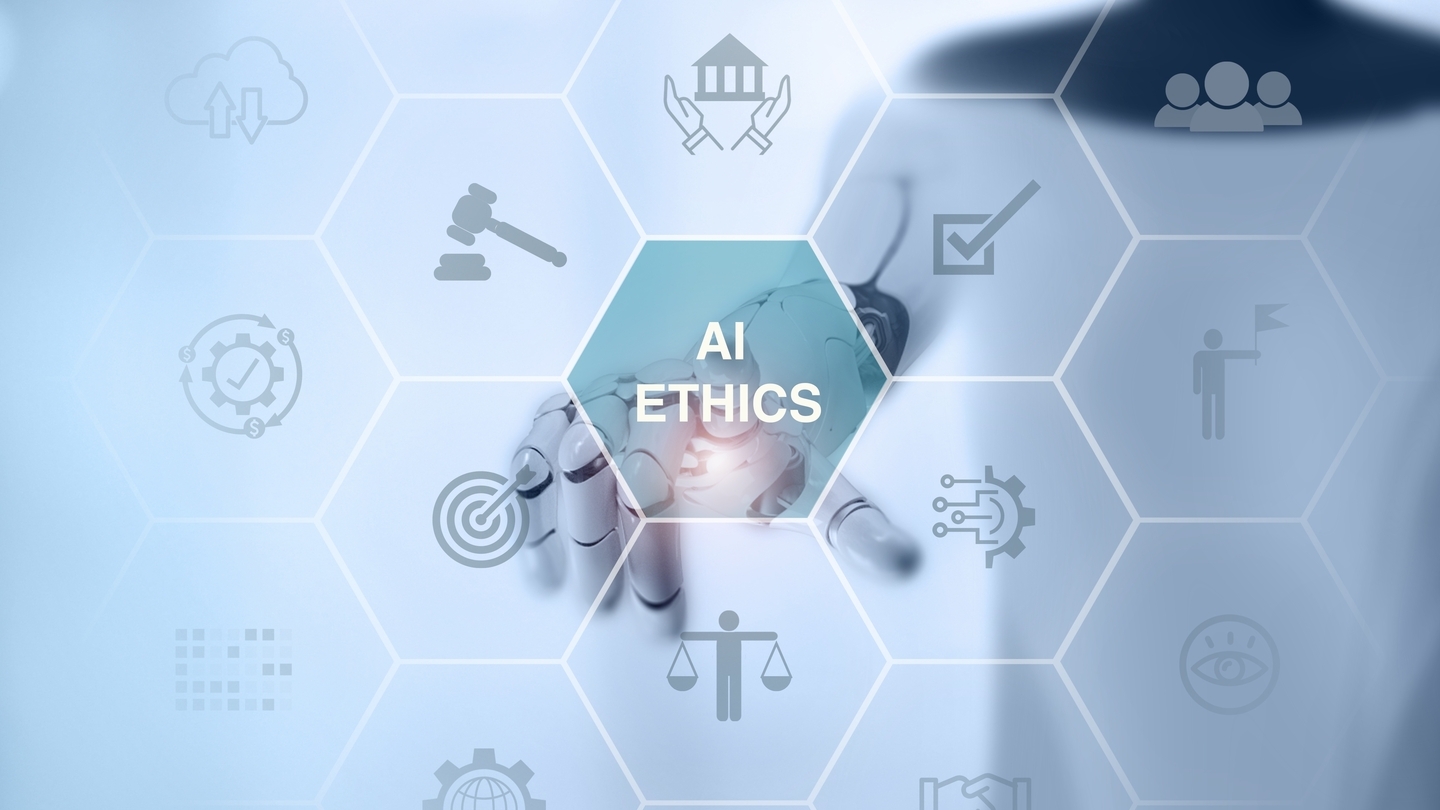The IBC Accelerator special incubator project Connect and Produce Anywhere, Phase II (CAPA II) had an early run out at the recent Formula E London ePrix. John Maxwell Hobbs reports.
With onsite involvement from the BBC, Channel 4, Vizrt, LAMA, TSL, Techex, and remote participation from Google Cloud, Norsk, Vodafone, and others, the CAPA II project team demonstrated how live coverage of a major sporting event could be covered using only software-based production tools.
Remote workflows and flexibility
Describing the CAPA II setup for the London ePrix, Ian Wagdin, Senior Technology Transfer Manager from the BBC, one of the project Champions, said: “We’ve got a Google Cloud Cluster running locally on commodity HP and AMD hardware, and that’s running a whole bunch of software. It’s part of our aims and ambitions to generally think about software-based production running on edge infrastructure rather than traditional hardware-based production,” he said. “So, although we’ve got some control surfaces which are quite specialised, all of the applications are running on software. The advantage of edge infrastructure is that...
You are not signed in.
Only registered users can view this article.

Finding our ethical true north on AI: Part II
Part two of our insight into AI ethics and regulation continues with observations on industry efforts around standards and best practices, and why human impact should be the guiding force. James McKeown reports.
/Source - shutterstock_2464837145 (1).jpg)
Digital Catapult: AI innovations to supercharge the creative industries
Accelerated VFX workflows, video game characters you can converse with, and auto-generated visual experiences from sound for XR headsets are just some of the AI innovations devised by start-ups as part of a recent Digital Catapult programme. Adrian Pennington reports.
.jpg)
Neural Radiance Fields – A new approach to 3D modelling
From the chemical, mechanical and electrical process of creating a film, to the rise of virtual production, visual storytelling has always turned to cutting-edge technologies. Now Neural Radiance Fields (NeRF) could replace the traditional technological foundations that broadcasting and film are built upon. IBC365 speaks to leading researcher, Professor Ravi Ramamoorthi.
.jpg)
Future predictions – Part II: Leaders and analysts
The coming year hints at big changes in focus and innovations for the media and entertainment world. With giant leaps in AI advancements, streamlining production and the road ahead for ad-tech, how can vendors meet the demands of the hungry yet cost-conscious consumer, whilst staying ahead of the game? John Maxwell Hobbs gathers more expert insight from leaders and analysts in the second part of our future predictions series.

Future predictions – Part I: Broadcasters and suppliers
As we wrap up 2024, it’s time to consider what lies ahead for the media industry in 2025. John Maxwell Hobbs probed industry executives to share their crystal ball predictions on themes spanning the impact of AI, the transition from hardware to software-based solutions, data security and ways of reaching new audiences.





